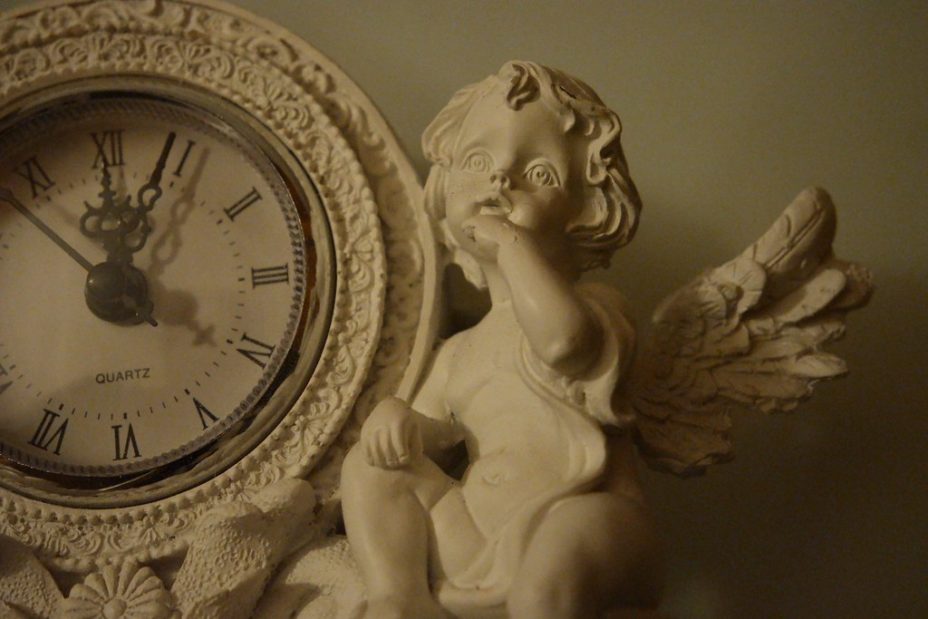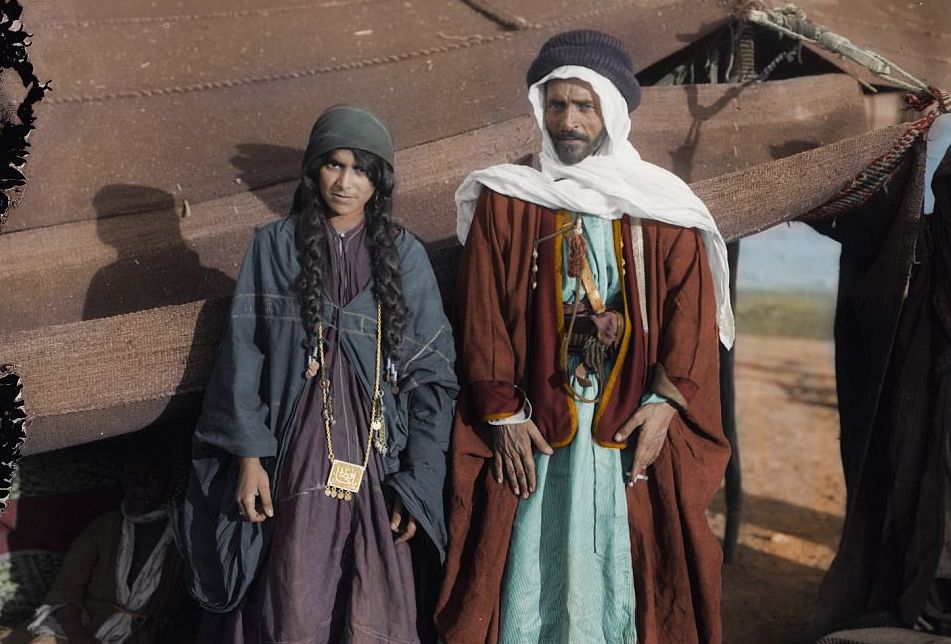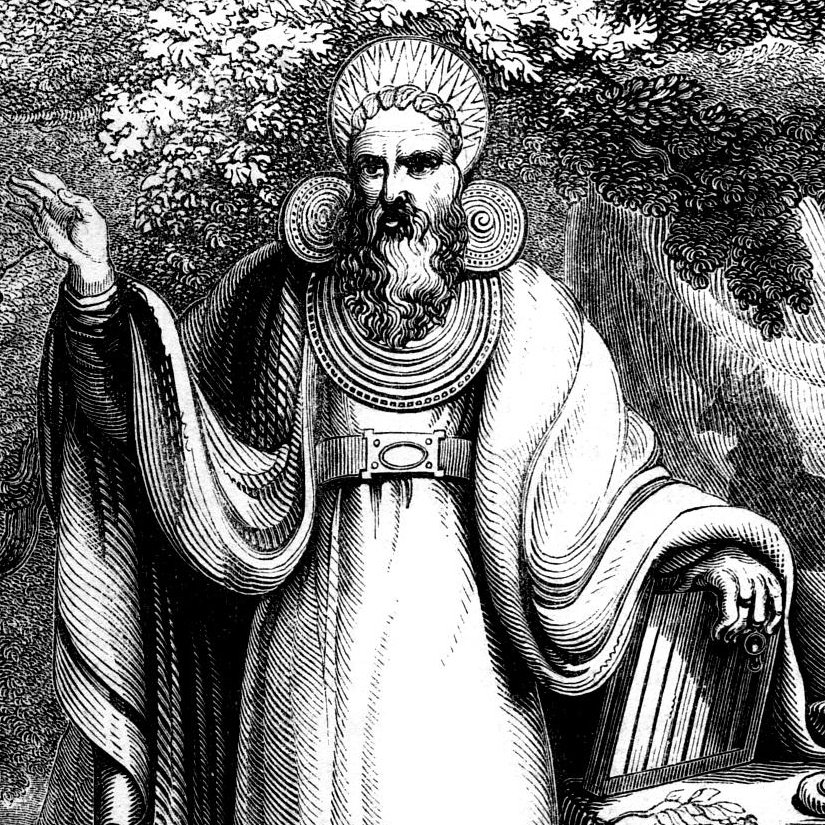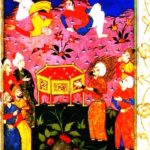Sorting out the pre-Islamic calendar is remarkably confusing because the Arab calendar, like all Semitic calendars, was originally a lunar calendar with an extra intercalary month inserted every few years to keep the calendar aligned to the seasons. While some Islamic scholars insist this was not so, the very names of the Islamic months, which are tied to specific climate-related events, are completely nonsensical unless they actually were linked to actual seasons of the year. You don’t call your month “the dry time” or “first spring” if it can happen at any time of the year.
However, at some point on or after the hijra, Muhammad abolished the intercalary month, because he though it related to an ancient practice of “postponement,” or the delay of celebrating religious festivals, usually because of war. To Muhammad, it was repulsive to move around truce-months because people wanted to keep fighting, and he didn’t understand the difference between that practice and adding an extra month to keep the months properly aligned to the correct seasons. So he abolished them both.
For some reason, the Islamic scholars who do accept that the ancient Arabs used the same calendar as everyone else want to align it to other Semitic calendars (such as the Jewish calendar) in an impossible way, with Dhu al-Hajjah (the month of pilgrimage) being equated to Nisan (the first month of the religious calendar) in the Jewish calendar. This simply baffles me. It puts the month of heat when it isn’t hot and the dry months when it’s not dry and the “first spring” when flowers aren’t blooming and fresh grass isn’t growing. The only solution I can imagine is a desire to make the Passover in the holiest month of Islam based on some impossible hadith about the exodus I haven’t yet read.
The other dominant view, that al-Muḥarram (the first month of the Islamic calendar) is Tisheri (the first month of the secular/kingly religious calendar of the Jews), is more more likely. All the names of the months line up reasonably closely with their descriptions. Yet the alignment still seems off–half the time, it’s still rainy when the first dry month comes, and it’s not super hot when the hot month comes, and the camels’ milk drying up seems a bit off in timing, too.
I think the people who wanted this calendar were also trying to align Nisan, but to the holy month of Rajab instead, and they wanted to align the first month of the Islamic year with the first month of the Hebrew political calendar. I think this is misguided. I really don’t believe the Arabs were that influenced by Jewish traditions over any other. I think the first sacred month was just in the middle of camel-birthing season, and that’s why it was a truce-month.
The dates given for the major raids on the Qurayshi caravans also fit my timeline a lot better, as they’re concentrated in February through April using the conventional Islamic date conversions when the Islamic sources universally assert that the summer caravans went to Syria. My calendar makes them make sense–the raids on caravans end up being in the very late spring or the summer, just like they should be.
This means, unfortunately, that every single date that I have in the Gregorian calendar record of my timeline needs to be corrected, because they are all terribly wrong!






